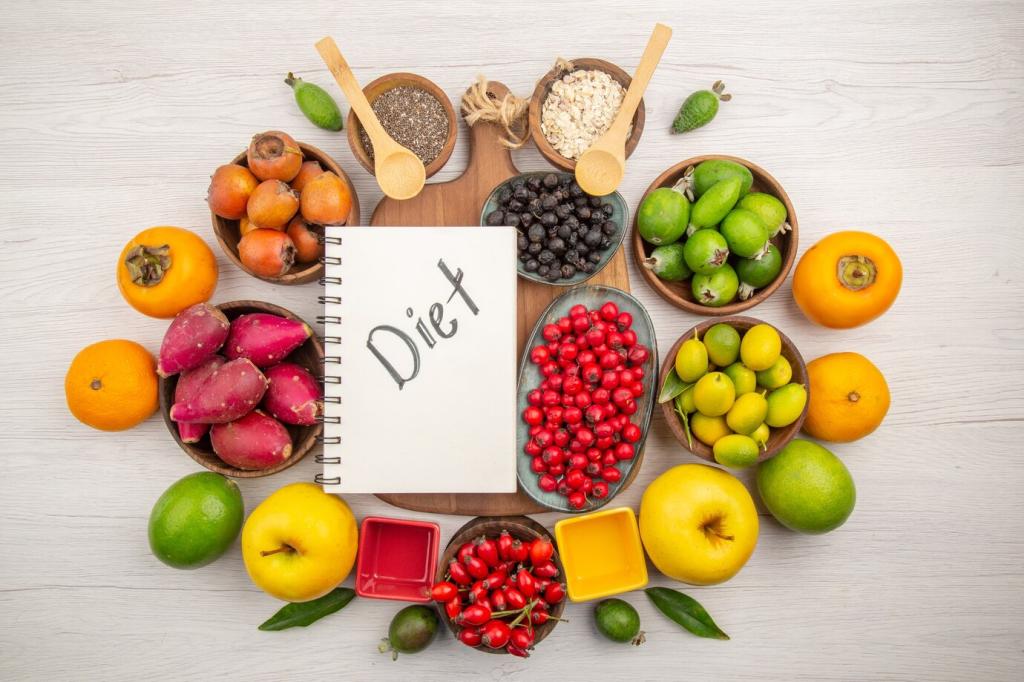
Meal Planning for Athletes: Fuel Smarter, Perform Better
Chosen theme: Meal Planning for Athletes. Welcome to your performance kitchen—where plates become training partners, flavors spark consistency, and every bite supports stronger sessions and faster recovery. Subscribe for weekly plans, real stories, and practical templates tailored to sport, season, and goals.
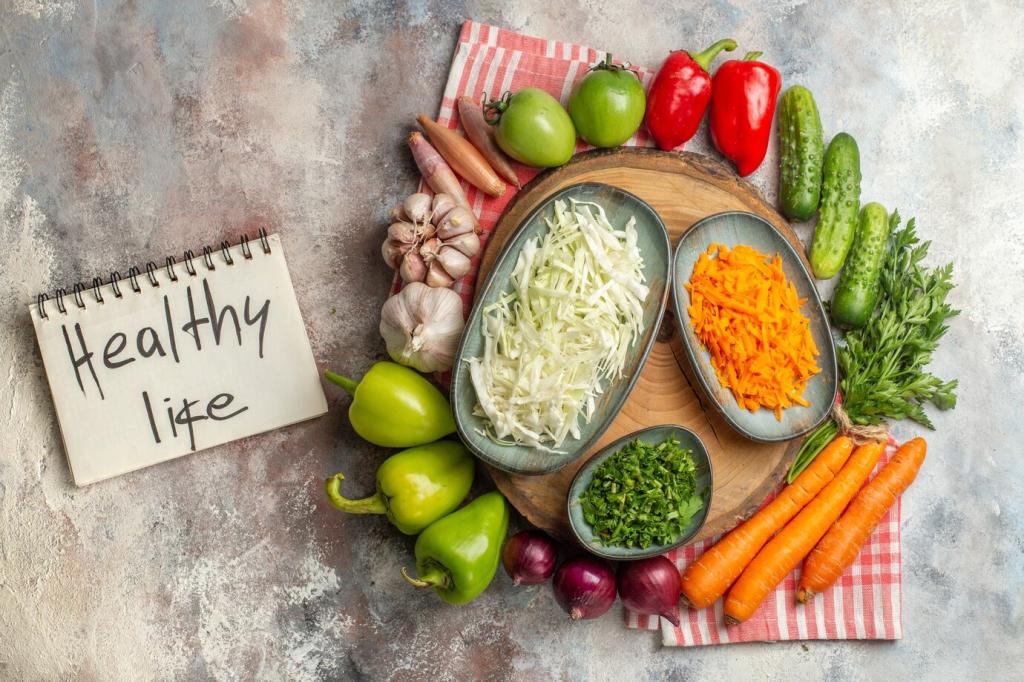
Define performance goals and daily energy needs
Begin with your training calendar and match energy intake to volume and intensity. Estimate baseline needs, then adjust using consistent bodyweight trends, recovery quality, and hunger cues. Tell us your sport and weekly schedule, and we will help refine your targets.
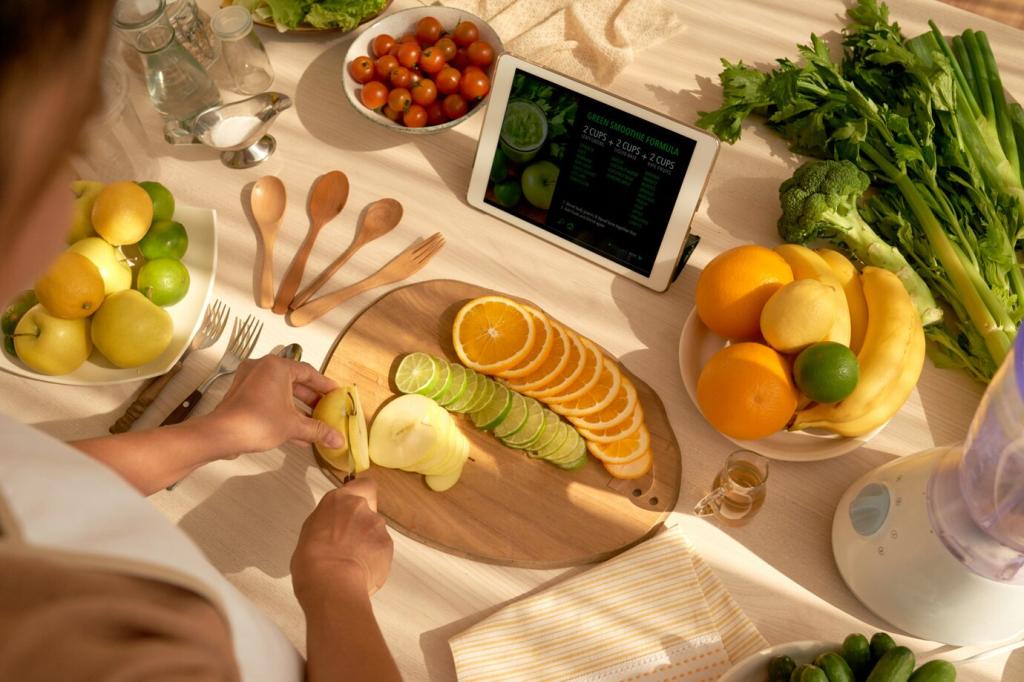
Balance macros for your sport and training phase
Endurance days often need higher carbohydrates, while strength phases emphasize protein and adequate fats for hormones and joint health. Periodize carbs around hard sessions, keep protein evenly distributed, and anchor fats away from pre-workout windows. Comment with your sport for tailored macro ideas.
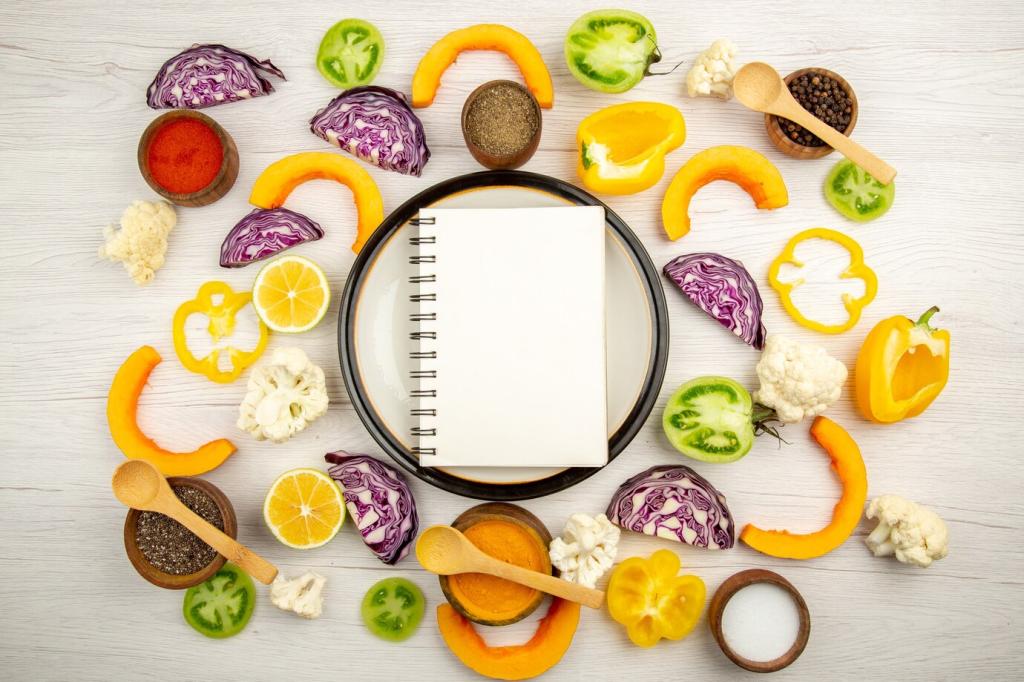
Design a weekly menu template you actually use
Build a repeatable roster: two breakfasts, two lunches, and two dinners, plus portable snacks. Rotate sauces and spices for variety without changing the macro backbone. Share your go-to template in the comments, and subscribe to receive our printable weekly planner.
Timing Is Everything: Fuel Before, During, and After Training
Eat a familiar meal two to four hours before training: mostly low-fiber carbs, some protein, modest fat. Closer to go-time, use a simple snack like a banana, rice cake with honey, or a small yogurt. Share your favorite pre-session combo so others can test it on easy days.
For efforts over sixty minutes, aim for thirty to sixty grams of carbohydrates per hour; very long sessions can push toward ninety using mixed sources. Practice during training, sip consistently, and include electrolytes on hot days. What’s your mid-ride or mid-run fuel? Drop it below for the community.
Within two hours, target twenty to forty grams of protein and a hearty dose of carbs to replenish glycogen. Think rice bowls with chicken and veggies, yogurt with granola and fruit, or beans, sweet potatoes, and eggs. Add fluids and sodium to replace sweat. Tell us your go-to recovery plate.
Smart Shopping and Batch Cooking for Athletes
Keep quick carbs like rice, oats, tortillas, and potatoes; proteins such as eggs, canned tuna or beans; frozen berries and spinach; and flavor builders like olive oil, salsa, and yogurt. With these, you can assemble balanced plates in minutes. Share your must-have staples to inspire others.
Cook a big pot of grains, roast mixed vegetables, and prepare two proteins—like shredded chicken and lentil chili. Portion into labeled containers, add sauces, and freeze extras. Future you will thank you on double-session days. Want our batch-cook checklist? Subscribe and we will send it.
Buy in bulk, favor seasonal produce, and use frozen fruits and vegetables for quality at lower cost. Choose value proteins like eggs, lentils, and chicken thighs. Transform leftovers into wraps, bowls, and soups. Comment your best budget hack so teammates can benefit too.

Daily hydration habits that actually stick
Start the day with a glass of water, keep a marked bottle nearby, and aim for pale-straw urine most of the time. Before hard sessions, drink steadily and avoid chugging at the last minute. What reminders help you stay consistent? Share your simple tricks below.
Sodium matters on hot, heavy days
Plan savory meals around key workouts: soups, broth-based bowls, olives, pickles, and a mindful salt shake can support fluid retention. Pair electrolytes with longer sessions or heavy sweaters. Curious about your sweat rate? Ask in the comments and we will outline an easy at-home test.
DIY sports drinks and when water is enough
Mix water, a splash of fruit juice, and a pinch of salt for a quick carbohydrate-electrolyte drink. For short, easy sessions, water may be sufficient. Match your drink to session length, weather, and gut comfort. Post your favorite recipe and compare flavor ideas with others.

Race Week and Travel Meal Planning
Pack a portable performance kit
Include instant oats, nut butter packets, rice cakes, honey, shelf-stable tuna, electrolyte sachets, and a collapsible bottle. Add a spoon, small knife, and zip bags for portioning. What goes in your travel kit? Share your essentials so fellow athletes can refine theirs.
Hotel-room cooking hacks for athletes
Use a microwave or kettle for oatmeal, eggs in a mug, and minute rice. Assemble bowls with pre-washed greens, deli turkey, and salsa. Scout a nearby grocery store upon arrival. Tell us your best hotel meal, and we will feature clever ideas in our next newsletter.
Taper and carb-load without the bloat
Forty-eight to thirty-six hours pre-race, increase familiar carbohydrates while reducing heavy fiber and rich sauces. Keep protein moderate, hydrate with electrolytes, and avoid new foods. Practice this plan before race week. Share your taper menu so others can learn from your routine.

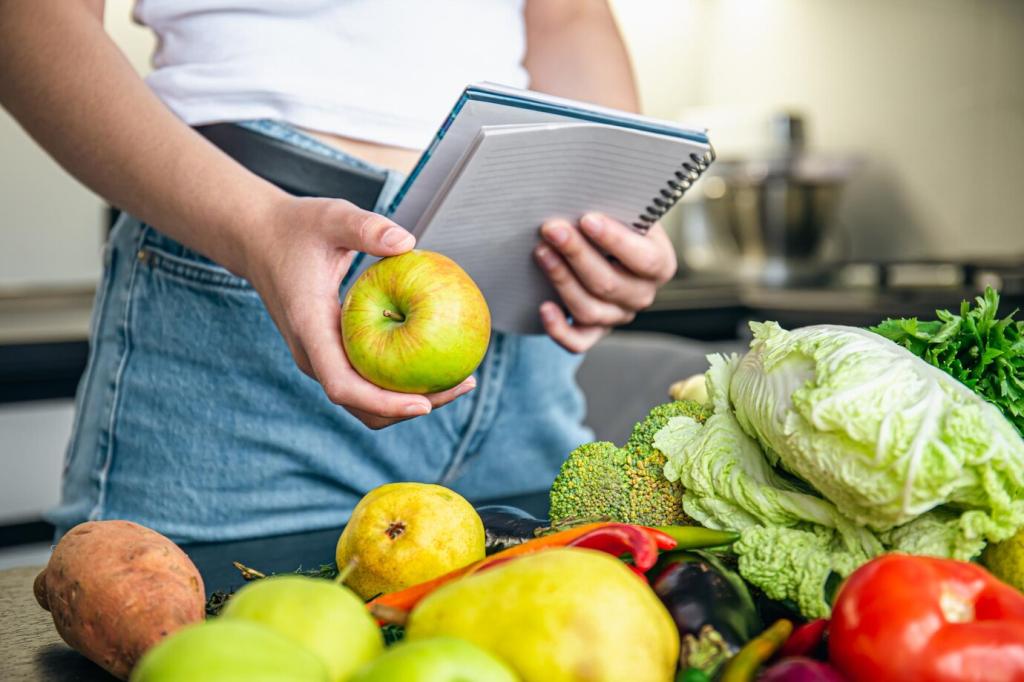
Real Stories, Lessons, and Your Turn
Maya swapped her usual high-fiber granola for white toast with honey, banana, and a small yogurt three hours pre-race. No cramps, consistent splits, and a personal record by forty-five seconds. What breakfast fuels your best efforts? Share your recipe and routine below.
Real Stories, Lessons, and Your Turn
After cramping at mile sixty, Jonah planned thirty grams of carbs every twenty minutes and added electrolytes each hour. He finished strong the next week with steady power. Have you solved a fueling puzzle? Tell your story to help others fine-tune their plan.
